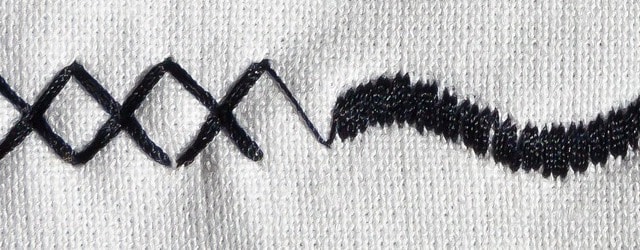Isolating RNA from either Drosophila larvae or adult heads can seem a bit daunting, primarily due to the presence of the cuticle. The cuticle is a protective exoskeleton comprised of insoluble collagens, cuticlins, glycoproteins, and lipids. While it may take some force to remove the cuticle, you can do this easily and without compromising your RNA yield or purity.
Before we get into the details of the protocol, you must remember that the enemy is RNase. That sneaky little enzyme that will eat all your RNA. RNase is found on everything—your hands, your hair, your clothes, everything. Before beginning any RNA isolation protocol, make sure to wipe your bench and tools down with RNase-Zap. Use RNase-free pipette tips, or autoclave your tips in their boxes before use. Autoclave all glassware, and use only sterile water.
General List of Materials for RNA Isolation
- Approximately 20–50 adult heads or 10–20 larvae
- Dry ice or regular ice, they can be used interchangeably to keep the tissue cool
- RNase-Zap
- Pellet pestle motor and RNase-free pellet pestles or some other equivalent homogenizer
- TRIzol
- Chloroform
- Isopropanol
- 75% Ethanol
- Temperature controlled centrifuge
When picking out your larvae or adult flies, it is imperative to ensure their cuticles are clean. Be sure to douse the adults or larvae in ethanol before beginning the following protocol.
Basic Protocol for Drosophila Adults or Larvae
- Place adults or larvae, pre-cleaned in ethanol, in 1.5 mL microfuge tubes. If using larvae, weigh the tissue.
- If you are not using the tissue immediately, you can flash freeze the tube in liquid nitrogen and store in a -80°C freezer.
- Place tissue on ice.
- If using larvae, skip to step 4! If using adult heads, vortex the tube on high twice for 5 seconds. This will separate heads from bodies. Heads can then be separated from the bodies in a couple of ways:
- Heads can be separated on a plastic mesh placed over dry ice and transferred into a 1.5 mL microcentrifuge tube with a small brush or forceps.
- Brass sieves can be used. The top sieve (no. 25) will let the heads go to the bottom sieve (no. 40), which will separate the heads from the bodies. The heads can then be transferred to a 1.5 mL microcentrifuge tube with a small funnel, a small brush, or forceps.
Once you have separated the heads, weigh them.
- Place the tissue in Trizol. The volume of TRIzol used is dependent upon the mass of your starting tissue. Add 1 mL of TRIzol Reagent per 50–100 mg of tissue to the microfuge tube.
- Homogenize the tissue. For larger tissue, like larvae, it could take up to 2 minutes to fully homogenize the tissue. For heads, it usually takes up to one minute. Regardless of time, make sure the tissue is broken up before continuing.
- Incubate the homogenate at room temperature for 5 minutes.
- Add 160 ?L of chloroform to the tissue, shake the tube vigorously for 15 seconds, and incubate for 3 minutes at room temperature.
- Microcentrifuge (12,000 g) for 15 minutes at 4°C. At this point, you will see a pellet of materiel at the bottom of your tube and liquid, called the aqueous phase, above the pellet. At this step, your RNA is living in the aqueous phase.
- Transfer the aqueous phase (liquid above the pellet) to a fresh 1.5 mL microcentrifuge tube and add 400 ?L isopropanol. Leave the tube at room temperature for 10 minutes.
- Microcentrifuge the tube at 12,000 g for 15 minutes at 4°C. At this step, your RNA is living in the pellet.
- Discard the supernatant, rinse the pellet with 1 mL 75% ethanol, and microcentrifuge again for 5 minutes.
- Discard the supernatant and vacuum or air-dry the RNA pellet for 15 minutes. It is very important that the pellet does not dry out.
- Resuspend the pellet in 20 uL water or any buffer of choice, such as 0.1 mM EDTA, or 0.5% SDS solution (DO NOT use 0.5% SDS if the RNA is going to be used in an enzymatic reaction!) by pipetting up and down. A 10 min incubation via water bath or heat block) at 55°C can aid with resuspension. Remember: be gentle with RNA!
RNA Quantification: How Much Did You Get?
The final step in isolating RNA is quantifying both its yield and purity. There are two major ways in which this can be achieved. You can use a nanodropper, if you have access to one. However, a more accessible option is to use your lab’s spectrophotometer. Measure the absorbance of your sample at 260nm, which provides its total nucleic acid content, and 280 nm, which determines its purity. If the ratio of A260:A280 is approximately 1.8 (or higher), then congratulations! Your sample is pure and you can use your RNA for any application that your heart or research desires!





